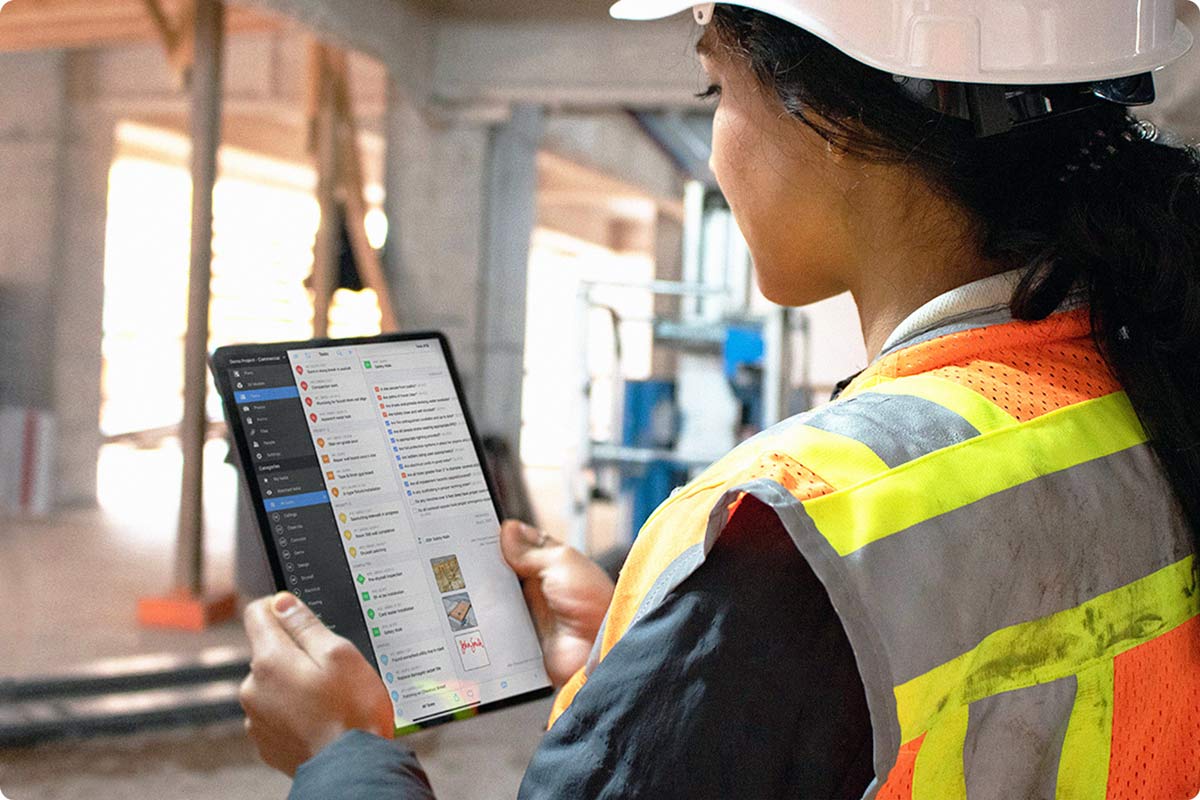Cutting-Edge Construction Management Software for Modern Builders
Cutting-Edge Construction Management Software for Modern Builders
Blog Article
Advanced Building Management Software: Enhancing Efficiency and Cooperation in the Market
In a market where accuracy and efficiency are vital, the integration of innovative construction management software application has actually transformed the method tasks are planned, carried out, and kept track of. The application of cutting-edge innovation has not just structured procedures but likewise cultivated boosted collaboration among stakeholders. By supplying real-time project tracking capacities, boosted source allowance attributes, and smooth interaction systems, these software solutions have actually ended up being crucial devices for construction professionals aiming to boost their productivity and foster stronger teamwork. The effect of these improvements on job results and market standards is obvious, triggering a shift in the direction of an extra tech-savvy and interconnected construction landscape.
Benefits of Advanced Construction Software
The utilization of advanced building software substantially enhances effectiveness and job end results within the construction sector. With attributes like automated scheduling, real-time cooperation tools, and data analytics, task managers can extra efficiently strategy, track, and display task development.
Furthermore, advanced building and construction software application assists boost interaction and partnership among project stakeholders. With systematized platforms for sharing task documents, tracking adjustments, and interacting updates, groups can function more cohesively in the direction of usual job objectives. This cultivates better decision-making, reduces the likelihood of mistakes, and boosts total project high quality.
Furthermore, progressed construction software supplies insights with information analytics that can help identify trends, enhance processes, and mitigate threats. By leveraging data-driven knowledge, building and construction business can make more informed decisions, adjust to transforming project characteristics, and inevitably drive better project end results. Overall, the advantages of advanced construction software contribute in improving productivity, partnership, and job success within the building market.
Real-Time Task Monitoring Abilities
With the seamless assimilation of real-time job tracking abilities, building groups can efficiently monitor progression, improve decision-making, and ensure job timelines are met. Real-time job tracking permits stakeholders to gain access to updated information on various elements of the construction project, including task conclusion status, resource allocation, and possible bottlenecks. This level of transparency cultivates partnership amongst employee, subcontractors, and customers, leading to improved communication and quicker trouble resolution.
Additionally, real-time project monitoring provides job supervisors with the necessary information to make informed choices promptly. By having immediate access to key efficiency signs and task metrics, managers can recognize issues beforehand, implement corrective procedures, and maximize job workflows. This proactive technique helps in avoiding delays, lowering prices, and inevitably raising overall job performance.
Improved Resource Allowance Features
Utilizing sophisticated source appropriation tools simplifies building project monitoring procedures and optimizes labor force efficiency. These functions make it possible for project supervisors to designate jobs, tools, and materials with precision, making sure that resources are used effectively (construction project management software). By having a central system that gives real-time visibility into resource accessibility and demands, building and construction teams can make enlightened choices without delay, staying clear of delays and cost overruns
Improved resource allotment functions also promote better collaboration among team members. With clear jobs and clear source distribution, every specific understands their role and responsibilities, fostering teamwork and responsibility. This causes improved interaction and sychronisation, ultimately enhancing performance and job outcomes.

Improved Communication Systems
Enhancing interaction systems in building management software application greatly boosts project coordination and effectiveness. By incorporating functions such as real-time messaging, file sharing, and task jobs, teams can collaborate seamlessly regardless of their physical areas. With enhanced interaction systems, stakeholders can receive immediate updates, share vital documents, and go over project information without hold-ups, leading to quicker decision-making procedures.
In addition, these advanced communication devices allow for far better openness and responsibility within building projects. Employee can track progression, give comments, and address problems promptly, cultivating a more collective and effective job environment. Furthermore, having actually centralized interaction channels within the building monitoring software application lowers the risk of miscommunication and guarantees that all employee are on the very same page.
Streamlining Process for Performance
Reliable process streamlining is essential in enhancing performance within building monitoring software program systems. By applying structured operations, building and construction firms can eliminate bottlenecks, lower errors, and guarantee that jobs progress efficiently throughout. One means to attain this is by automating recurring jobs such as task organizing, resource allocation, and progression tracking. Automation not only saves time but also lessens the danger of human error, leading to much more effective project distribution. construction project management software.
Furthermore, incorporating different facets of task administration, such as budgeting, document administration, and communication, into a solitary system can further improve process. This assimilation enables real-time cooperation and data sharing among construction project management software group members, removing the need for hands-on information access and guaranteeing that every person is working with the most current information.

Final Thought
In verdict, advanced building monitoring software program provides many advantages such as real-time task monitoring, boosted resource allocation, improved communication systems, and streamlined process. These features add to raised performance and cooperation within the market. By utilizing this modern technology, building and construction companies can enhance their procedures, assign resources better, and promote better communication among team members. In general, advanced building software program plays a crucial role in boosting performance and success in building jobs.
Report this page